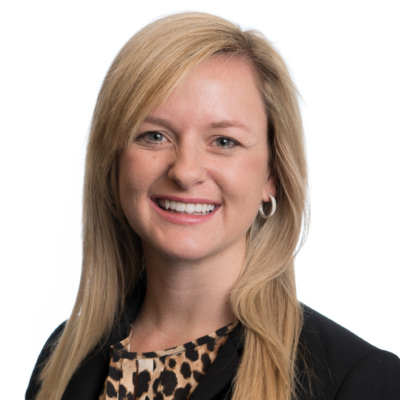Head Start Children, Families, Staff, and Programs in 2013
By Christina Walker and Stephanie Schmit
Head Start programs provide poor children and their families with comprehensive early education and support services. Each year, programs are required to submit a Program Information Report (PIR) to the Office of Head Start on participating children, pregnant women, and families, as well as the staff serving the Head Start population.
In 2013, the Head Start program served more than 1.1 million children, approximately 166,000 of whom were under the age of 3, and 15,400 pregnant women through Head Start (HS) preschool, Early Head Start (EHS), and Migrant and Seasonal Head Start (MSHS) programs combined. HS preschool served 85 percent of all federally funded slots, with EHS and MSHS each serving 12 and 3 percent of slots respectively. The 2013 appropriation for all Head Start programs was just over $8 billion; however, federal budget cuts (known as sequestration) were in effect during this school year, resulting in reduced funding for this and other federal programs. While some Head Start programs managed sequestration by reducing the number of children served, others cut back schedules or made other cuts in their budgets.
The program information data demonstrate how important Head Start services are in the lives of these children and families. In 2013, the PIR data showed that:
- Seventy-five percent of families accessed at least one family service through their Head Start program. The most frequently accessed services were parent education (50 percent) and health education (47 percent).
- At the end of their Head Start enrollment, 97 percent of children had continuous access to medical care, 96 percent had health insurance, and 96 percent were up to date on their immunizations.
- Sixty-three percent of families using Head Start included at least one employed parent, and fifteen percent of families had at least one parent in school or job training.
- Ninety-four percent of pregnant women enrolled in EHS received prenatal health care and 76 percent received postnatal health care. Additionally, 92 percent of pregnant women had health insurance at the end of the program year, 40 percent received a dental examination, and 31 percent accessed mental health interventions (a decrease of 4 percent from the previous year).
- In the Head Start Preschool Program, 95 percent of teachers had at least an associate degree (A.A.) in early childhood education or a related field—a 2 percent increase from 2012. In addition, 67 percent of teachers had a bachelor’s degree (B.A.) or higher in early childhood education or a related field—a 5 percent increase from 2012.
- In the MSHS program, 98 percent of children had a medical home for ongoing medical care and 91 percent had a source for ongoing dental care by the end of the program year.
Read more about Head Start preschool, Early Head Start, and Migrant and Seasonal (new this year) participants, families, and staff.
